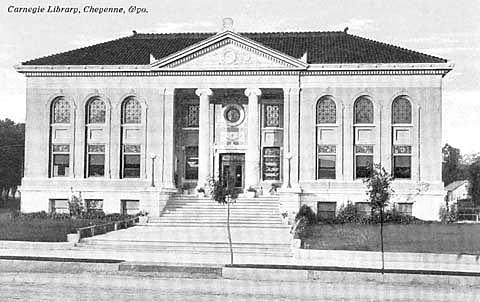12 Fun Facts About Cheyenne You Probably Didn't Know
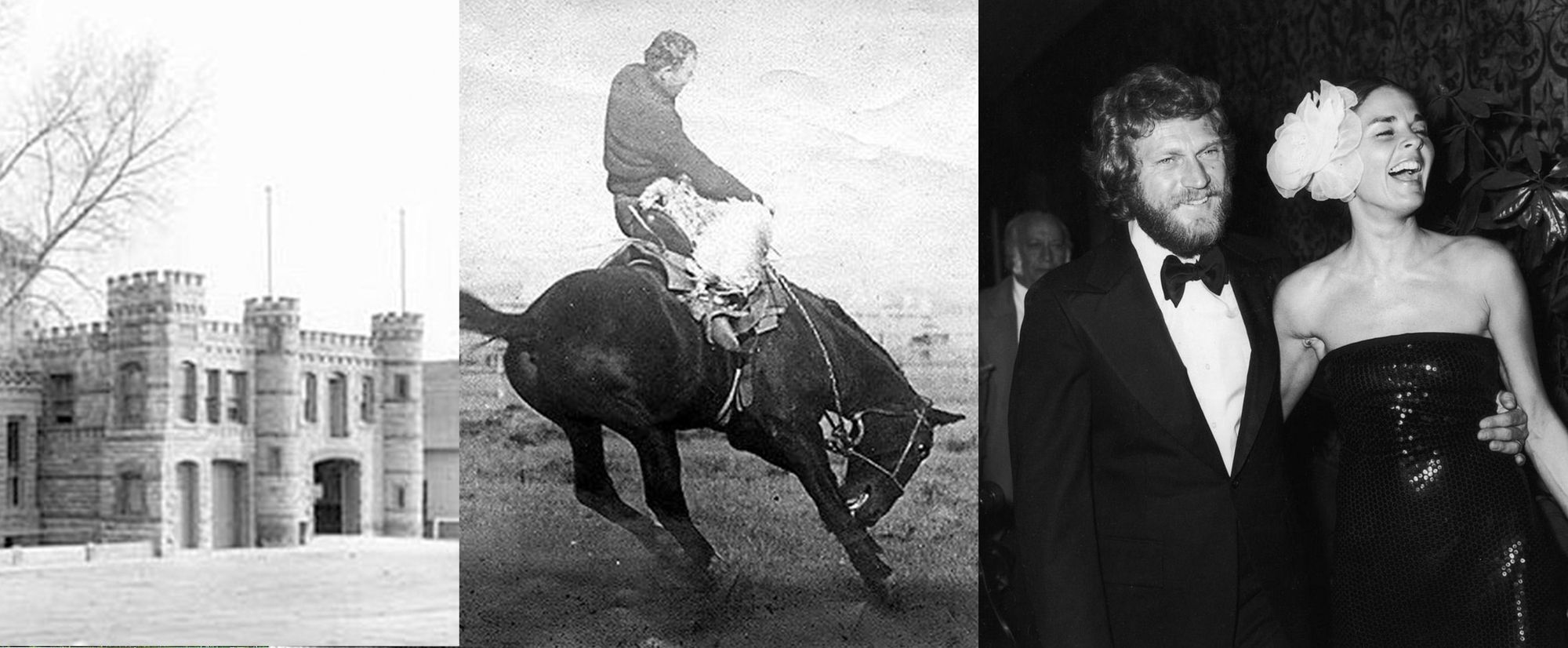
1) What famous pop singer lived in Cheyenne as a child?
Neil Diamond lived in Cheyenne for four years, while his father was stationed here.

2) What famous couple was married in Holliday Park in 1973?
Steve McQueen & Ali McGraw tied the knot at Holliday Park on August 31, 1973 after meeting in the 1972 movie "The Getaway". McQueen was in Wyoming researching Tom Horn, whom he would later play in a 1980 Western.
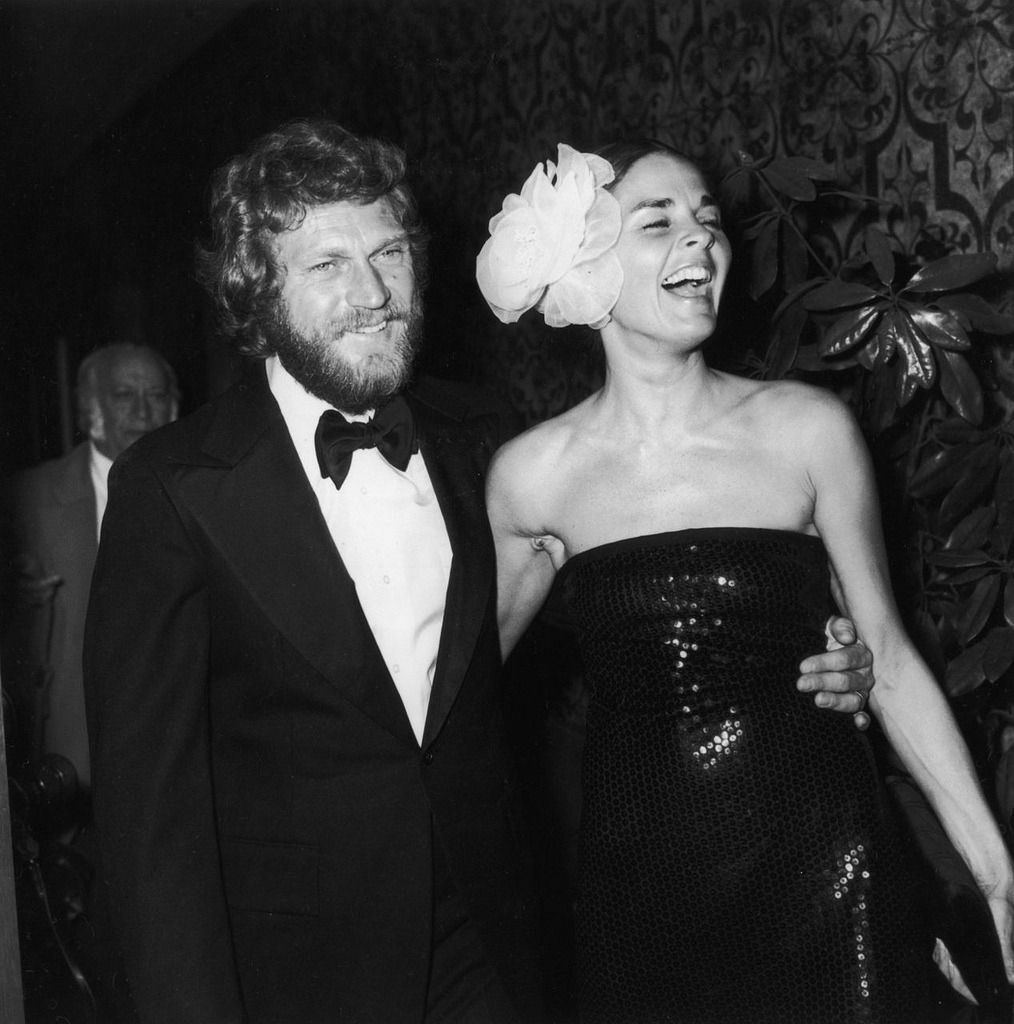
3) Which street in Cheyenne had the most saloons back in the day?
During Cheyenne's "Hell on Wheels" days, 15th Street was said to once have 17 saloons.
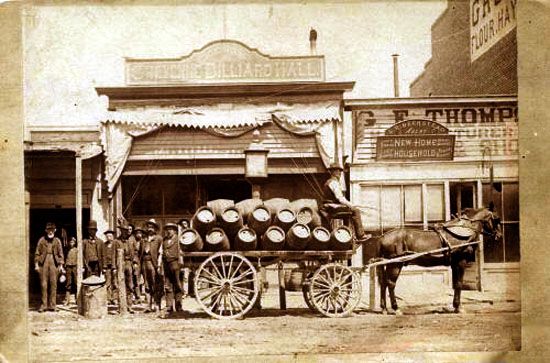
4) In 1876 what popular mode of transportation began running between Cheyenne and South Dakota?
At the height of the Black Hills Gold Rush, the Deadwood Stagecoach route began between the South Dakota gold fields and Cheyenne (the region's largest shipping point).
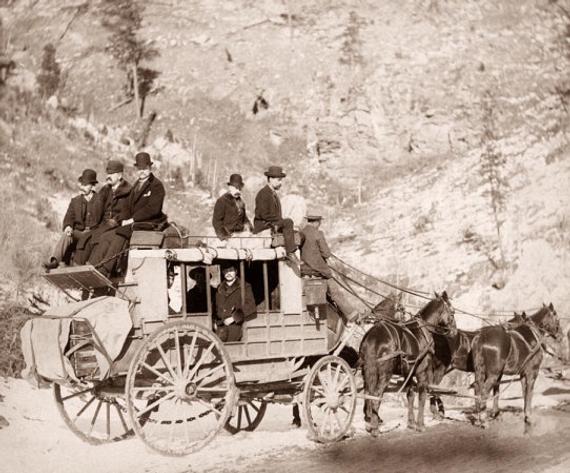
5) On average how many trains come through Cheyenne each day?
85-90 freight trains.
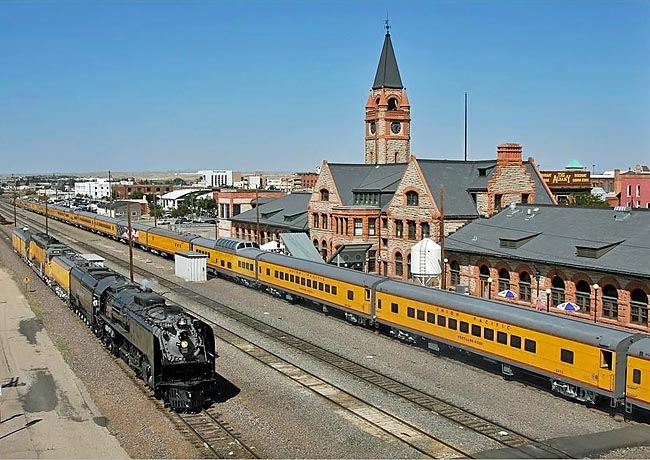
6) What Cheyenne author wrote My Friend Flicka and Green Grass of Wyoming?
Mary O'Hara, who lived west of Cheyenne off I-80 at the Remount Ranch, wrote My Friend Flicka in 1941 which was the first of a trilogy. Thunderhead and Green Grass of Wyoming followed. The books were eventually turned into films, and a television series followed in 1956-1957.
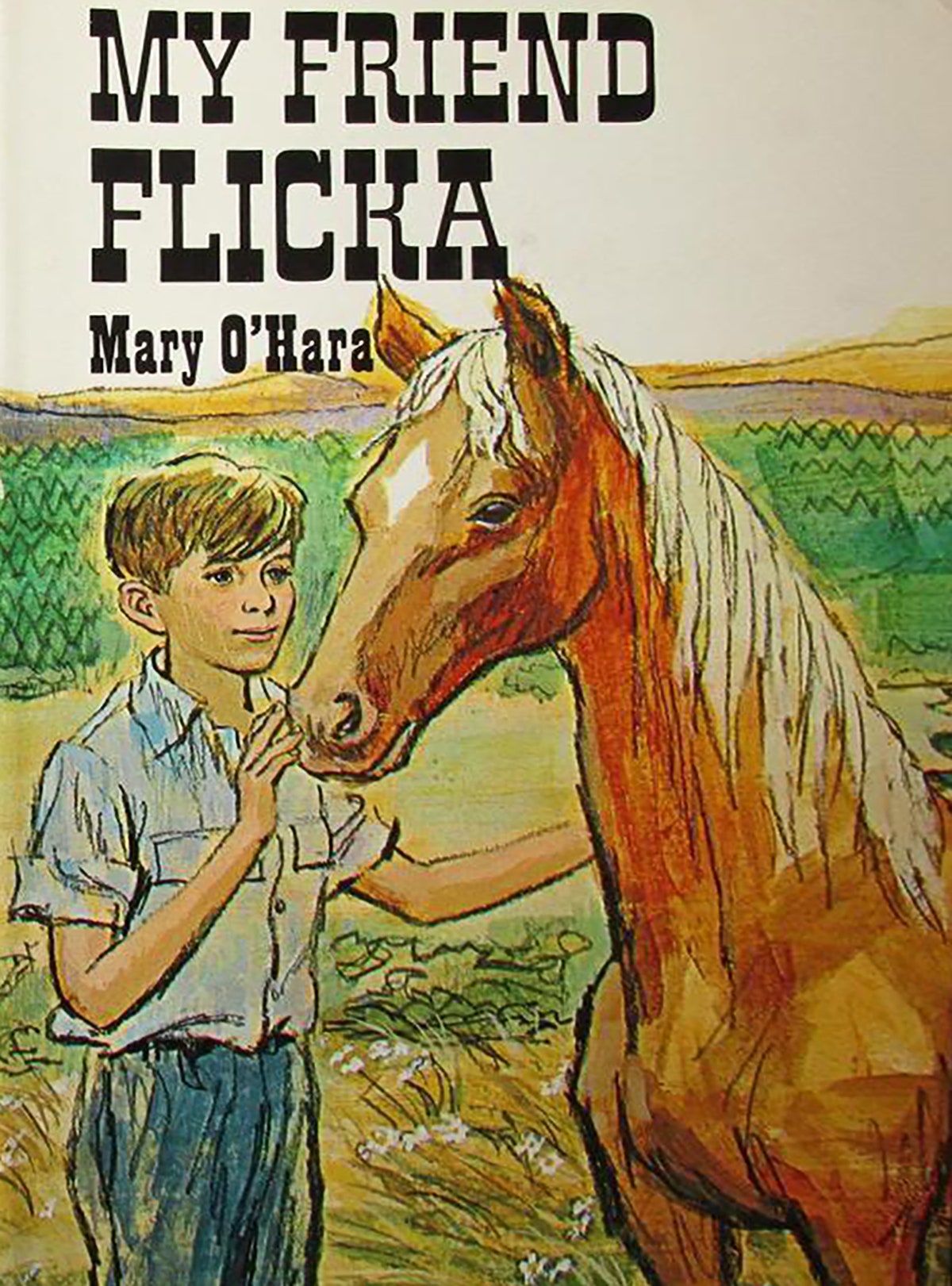
7) What famous horse became the symbol of pride for the Cowboy State?
Steamboat, born in 1896 near Chugwater, Wyoming, was widely considered among the best bucking broncos in rodeo history. He was nicknamed "the horse that couldn't be ridden". He was later immortalized with the legendary bucking horse and rider symbol that has become iconic across Wyoming. Since then, he has been inducted into the Professional Rodeo Hall of Fame, the National Cowboy Hall of Fame and represents Wyoming on the commemorative state quarter.
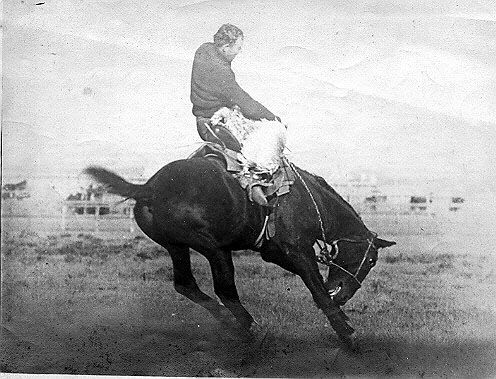
8) Where did United Airlines train its stewardesses in the 1940s?
United Airlines trained its stewardesses in a hanger at the Cheyenne Airport. In the evening, the young students would relax at the Wigwam Lounge in the Plains Hotel.
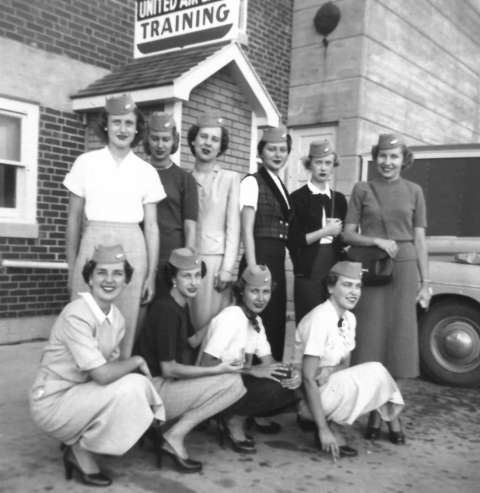
9) What did the Wyoming Telephone Company first produce in Cheyenne in 1881?
The first Yellow Pages came about in 1881, when the Wyoming Telephone Company had ran out of white paper while printing its classified section. In 1886, Reuben H. Donnelley created the first official Yellow Pages directory.
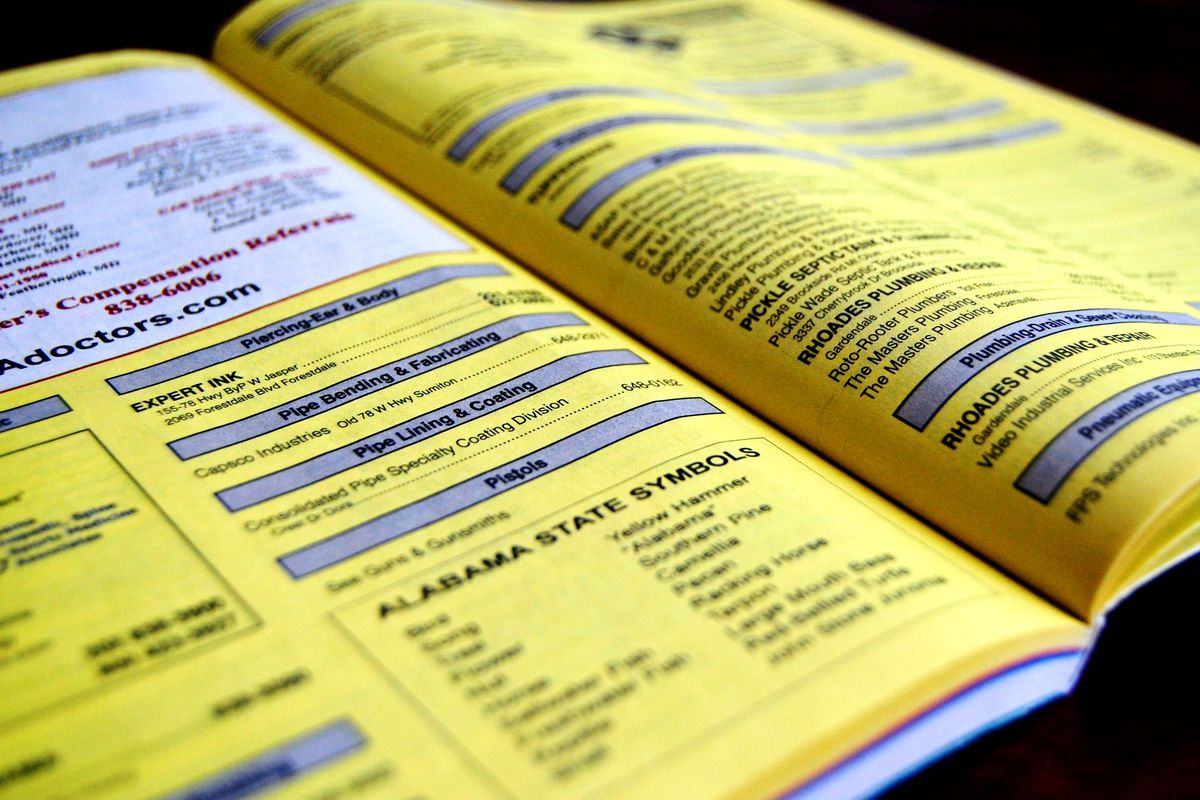
10) What was known as 'the grandest place for theatrical performances in all of Wyoming'? The Cheyenne Opera House was opened in 1882 on the corner of 17th Street and Capitol Avenue downtown. A fire in 1901 destroyed the stage and auditorium. The auditorium was replaced by a building called 'The Annex' and the Opera House was converted into apartments. It housed workers from the railroad until it was torn down in 1961.
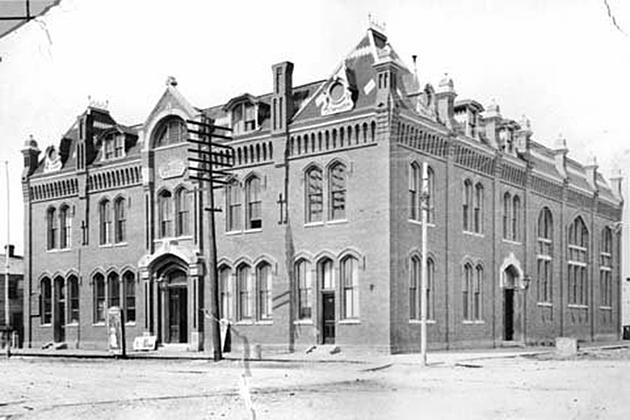
11) Did you know Cheyenne had its own castle?
The building known as Castle Dare was built in the late 1800's as a wedding gift from Alexander Swan to his daughter when she married R.S. Van Tassell.
According to the Wyoming Almanac, the main Castle Dare building was used as the Odd Fellows Lodge before it was torn down in the late 1960's to make room for Cheyenne's Fire Station. The Castle Dare carriage house remained at the corner of 20th Street and Pioneer Avenue as offices for the county health department. In 1993 the attempt to move the carriage house failed, and it was torn down. Today the red bricks from the Castle Dare Carriage House now surround a playground in Holliday Park.
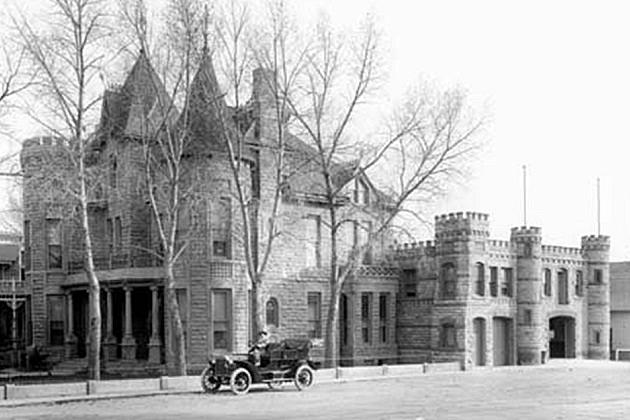
12) When was Laramie County's first public library built?
In 1902 the Cheyenne's Carnegie Library was built. It was a grand structure that stood on the corner of 22nd Street and Capitol Avenue, and was partially funded by Andrew Carnegie. 1,689 Carnegie Libraries were built in the United States, and Cheyenne was lucky enough to receive a construction grant paid by Carnegie.
